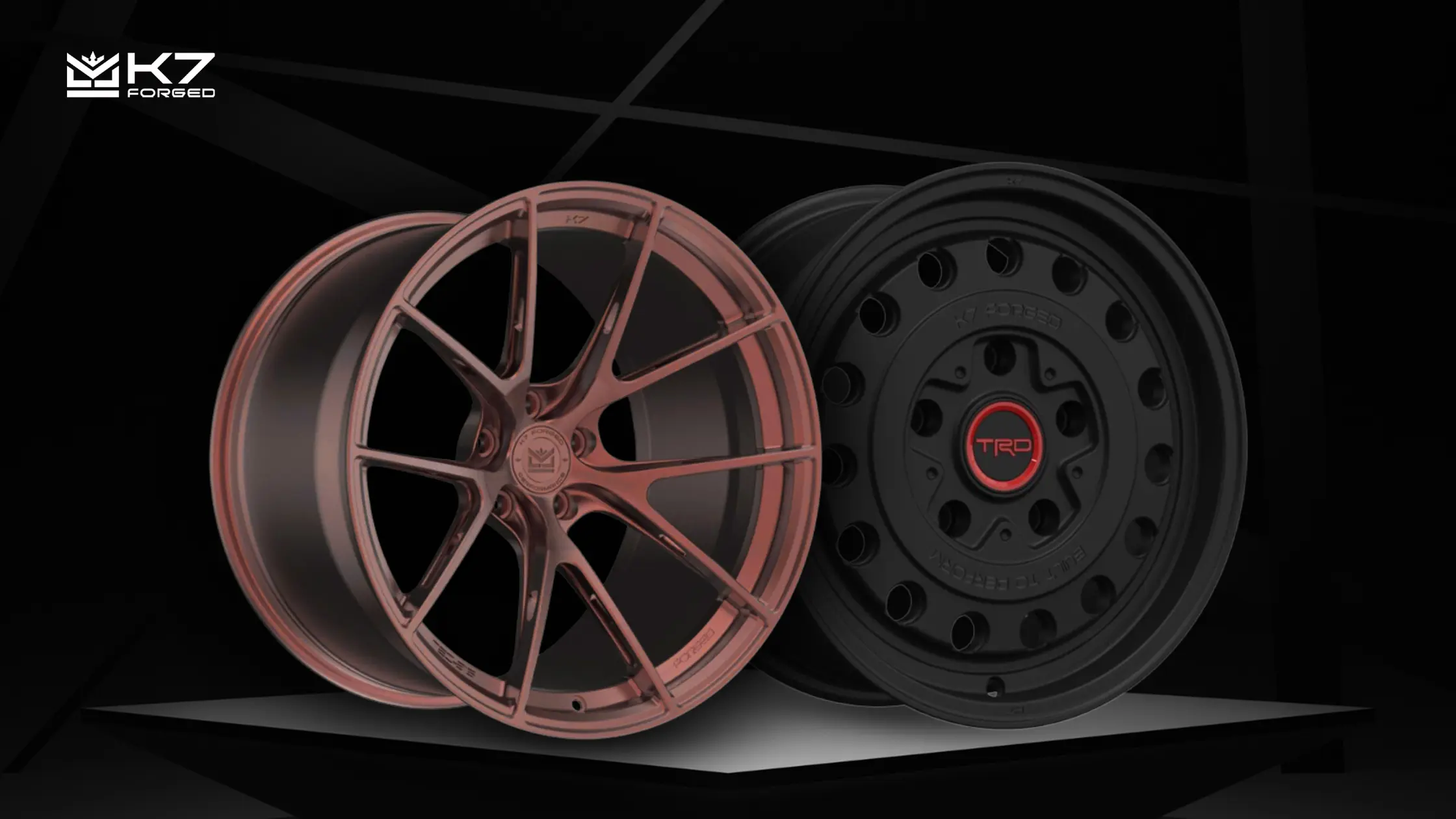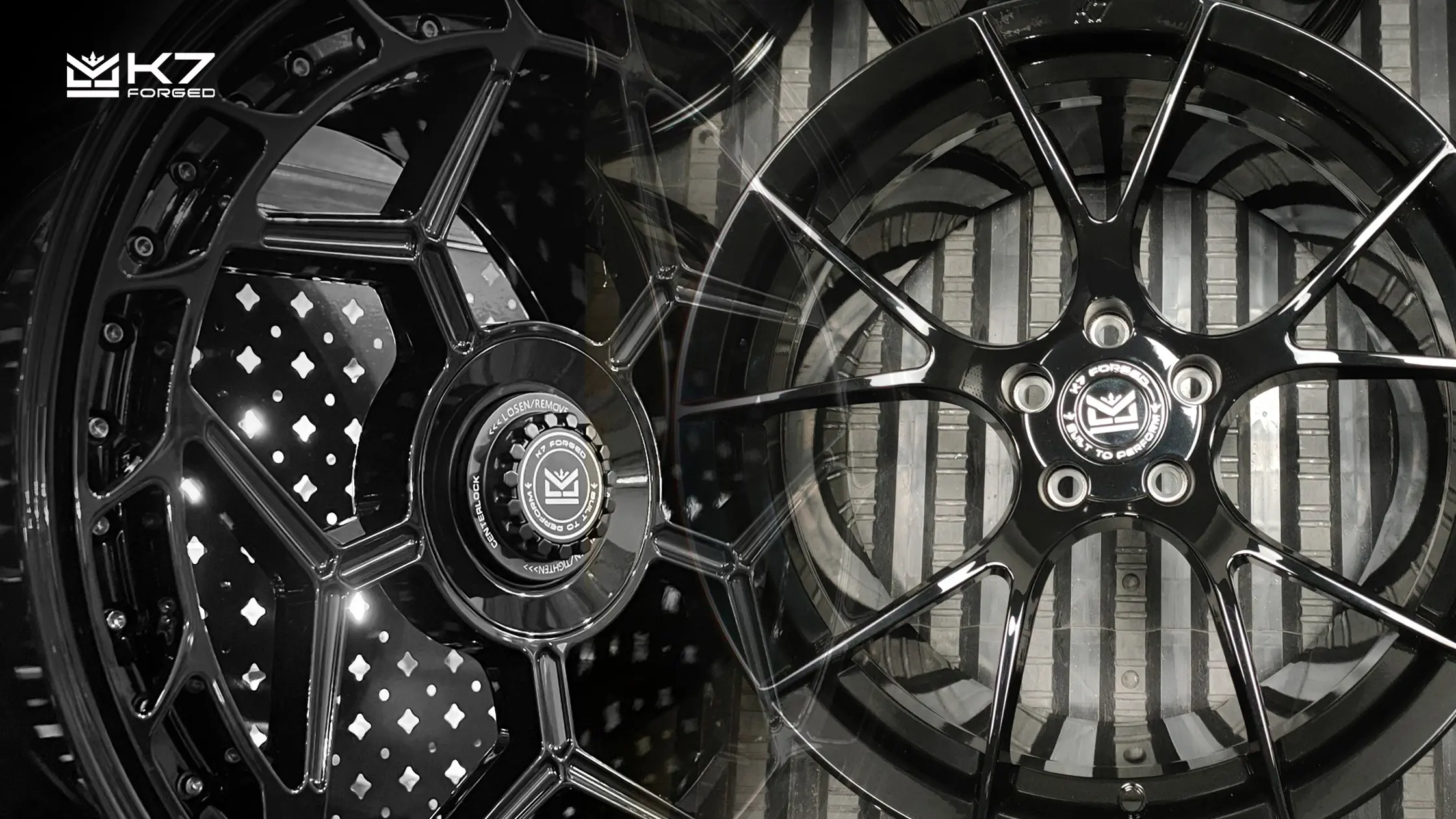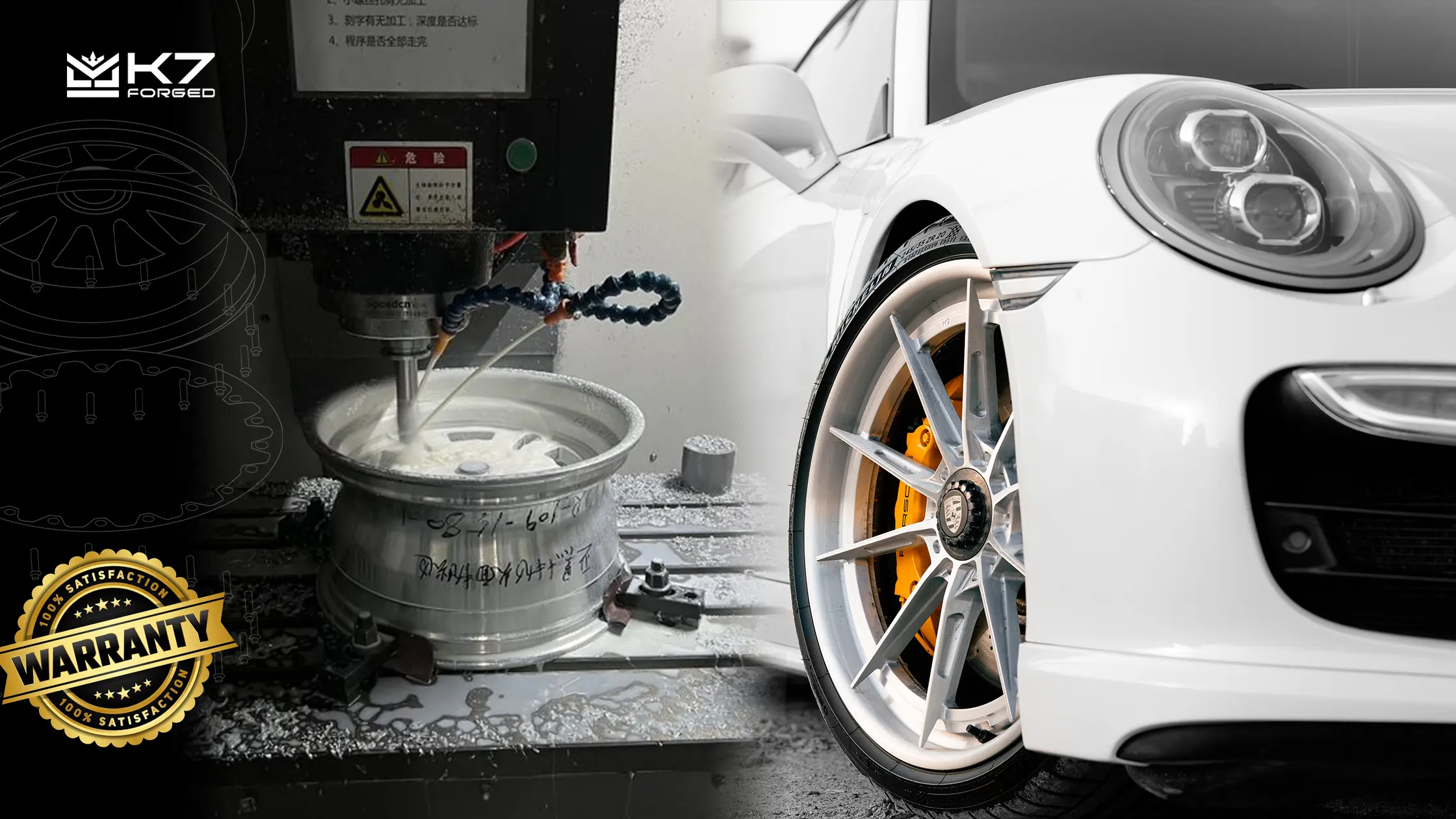Off-road adventures in Dubai make you sync more with your vehicle. Of course, your SUV needs the toughest off-road wheels, and you’ll likely invest in high-end 4×4 beadlock rims.
However, wheel offset also plays an important role here. It’s the distance from the wheel’s mounting surface to its centerline. No, this is not just any technical detail; it has a massive influence on how your vehicle behaves off-road.
As the UAE’s top custom wheel manufacturer, we don’t want your wheels to suffer from premature bearing wear or fender rubbing, so this is our recommendation to you when it comes to wheel offset.
The different kinds of wheel offsets
Positive Offset
A wheel has positive offset when its mounting hub is positioned nearer to the wheel’s outer face.. It means your wheels will be tucked deeper into the wheel wells. Most SUVs and 4x4s come with this setup as standard. Manufacturers do this to improve stability at high speeds and also help you get a little more mileage with aerodynamics.
But the issue comes when you install oversized off-road tires or maybe when you hit rough terrain. Many users on the Overlanding and Offroad forums complain that their high positive offset makes the tire rub against the suspension and inner fenders during articulation.
Negative Offset
Negative offset pushes the mounting surface towards the back of the wheel centerline. So, your wheel will be pushed outwards. Yes, it does give your rig a wider and aggressive stance.
You’ll get much better lateral stability when side-hilling or climbing uneven terrains. Many users have shared stories on how a negative offset made their rigs feel more planted on slopes.
Zero Offset
With zero offset, the hub mounting point lines up exactly with the centerline of the wheel. This setup is pretty rare, but some users have mentioned its use in custom desert racers or some specific 4X4s.
We also found that this setup maintains better tire wear in the long run, especially if the vehicle is used for both off-road and some street use.
How wheel offset impacts suspension and steering
Scrub Radius Alteration
Scrub radius refers to the gap between the point where the steering axis hits the ground and the actual contact patch of the tire.
With a negative offset, the scrub radius increases. Expert off-road tuning companies suggest that a bigger scrub radius makes your steering feel heavier at low speeds.
Others mentioned how fitting wider wheels with negative offsets made them feel every imperfection on the terrain directly through the steering wheel, kinda like boxing with your own SUV.
Suspension Load Distribution
Wheel offset directly affects how the bumps on the road move through your suspension. So, with a negative offset, more lateral forces act on your wheel’s ball joints, control arms, and wheel bearings. Your suspension needs to compress more to keep the tires stable.
Yes, the wider stance feels more muscular, but you’ll need to remember important steps to install 4×4 beadlock rims.
Steering behaviour
Higher negative offset caused many users to feel that their SUVs developed noticeable torque steer. It’s what happens when their vehicle pulls to one side under hard acceleration.
A Tacoma user shared a funny story where the truck felt like a drunk goat on a trail when they gave it a higher negative offset.
How do wheel offsets affect tire clearance and wheel articulation?

Inner and outer clearance
As you might have guessed, a positive offset makes it more likely that the tires will rub against parts of the frame like the inner fenders and control arms. But a negative offset improves clearance from inner suspension parts.
A user installed 285/70/17 tires with a -10 offset without a lift. He had to perform a cab mount chop, flatten the pinch weld, and trim large chunks of plastic to prevent rubbing. But even with these, the setup felt tight.
Wheel articulation limits
The ability of the wheels to move up and down independantly helps maintain traction when you go off-road. A positive offset may cause the inner tire to touch the suspension components when it is fully compressed, so ledder upwards movement. A negative offset may make the tire hit the fender or bodywork during articulation.
Use of Spacers
Wheel spacers help adjust offset by pushing the wheels outwards to improve clearance. But many users have complaines that they cause extra wear in bearings, axles and hubs.
How changing wheel offsets affect stability and track width
A negative offset makes the track width wider, which is the space between the left and right wheels on the same frame. Yes, it does reduce body roll and improves handling on uneven terrain.
The biggest advantage of negative offset wheels is that your SUV gets a lower center of gravity. So, even if the vehicle is taller it will become more resistant to roling over. However, if the vehicle is lifted without a corresponding increase in track width, the higher center of gravity can increase the risk of rollover.
How wheel offsets affect 4×4 beadlock rims and offroad wheels
4×4 beadlock rims are a must if you’re serious about off-roading. What makes beadlock rims powerful is that they clamp the tire bead to the wheel using a mechanical ring. So the tire wont slip when you reduce the air pressure for better traction. That’s just the science behind aluminium ring beadlock wheels.
Many beadlock designs allow you to choose between neutral, negative, or slightly positive offsets. This totally depends on your vehicle’s suspension setup.
Here’s one pro tip from our experts: if you’re running super low PSI (like 10-12 psi) for sand driving in Dubai, beadlock rims with a negative offset can give you the best combination of tire grip and sidewall protection.
At K7 Forged, we build offroad wheels and 4×4 beadlock rims that looks good and perform when the terrain gets brutal.






